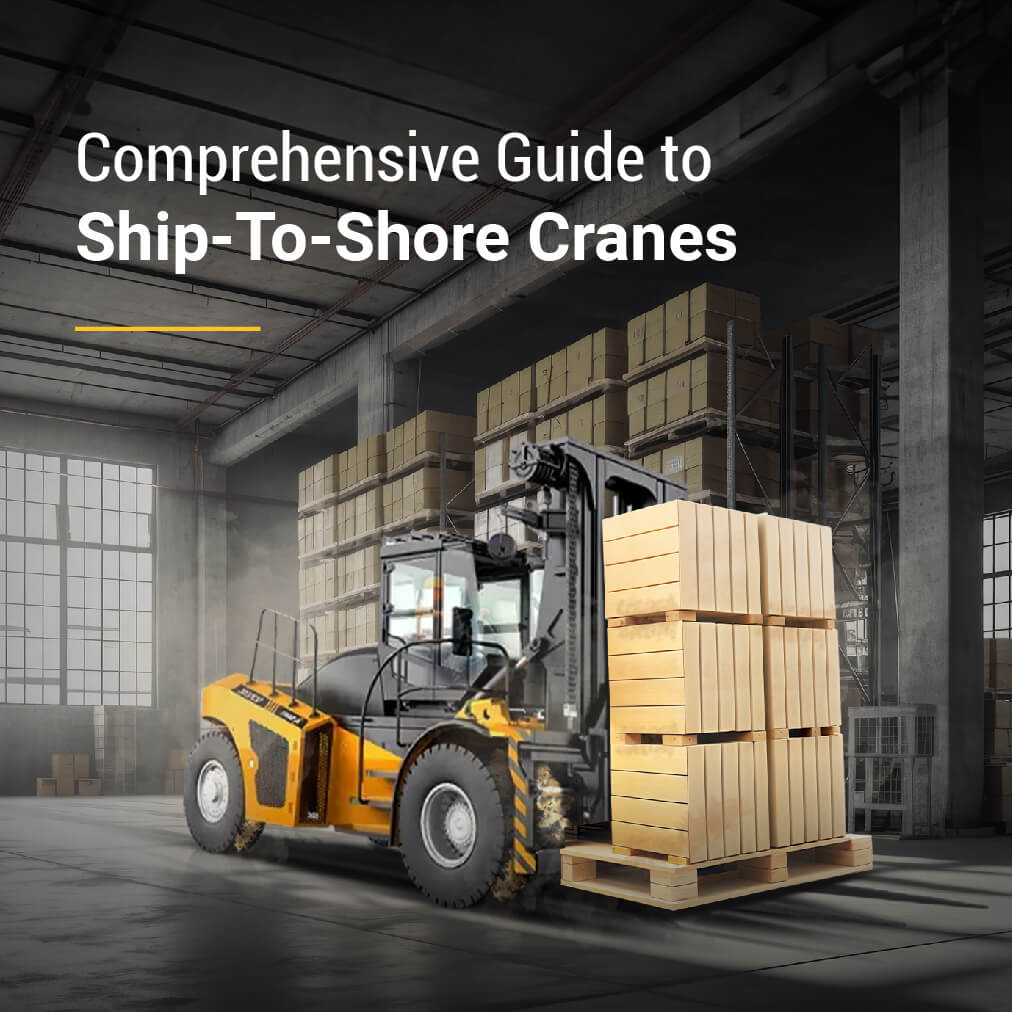Comprehensive Guide to Ship-To-Shore Cranes
Ship-to-shore cranes are essential in modern port operations, playing a vital role in the efficient movement of cargo between ships and the dock. These large machines are specifically designed to load and unload container vessels, making them a crucial part of the global supply chain. Their primary purpose is to transfer containers from ships to the shore and vice versa, ensuring that goods flow smoothly and without delays. Understanding how these cranes work is important for professionals in maritime and logistics industries, as they directly impact the speed, safety, and efficiency of port activities. This guide aims to provide a comprehensive overview of ship-to-shore cranes, helping you gain a deeper understanding of their functions, types, and importance in port operations. By the end, you'll be better equipped to make informed decisions related to crane usage and management in your professional setting. Rubber-Tyred Gantry (RTG) cranes are mobile cranes mounted on rubber tires, allowing them to move freely within a terminal or port area. They are commonly used for stacking and moving containers in container yards. Their mobility makes them ideal for environments where flexibility and adaptability are key, especially in smaller or medium-sized ports. Rail-Mounted Gantry (RMG) cranes operate on fixed tracks, providing stability and precision in container handling. They are often found in larger ports with high throughput requirements, where consistent and repetitive container movements are necessary. RMG cranes are known for their reliability and efficiency in large-scale operations. Fixed cranes are stationary and installed in a specific location, typically used for loading and unloading ships at the quay. Mobile cranes, on the other hand, can be relocated as needed, offering greater flexibility for various tasks within the port. Both types have their advantages depending on the operational needs of the terminal. To measure the performance of ship-to-shore cranes, key metrics include the number of containers handled per hour, operational uptime, average loading/unloading times, cycle time, and energy consumption. These metrics help port managers assess efficiency and identify areas for improvement. Real-time data collection and analysis are now common tools in optimizing crane performance. Improving crane efficiency involves regular maintenance, operator training, and using advanced technology. Automation and digital systems can significantly enhance accuracy and reduce downtime. Additionally, predictive maintenance using data analytics helps prevent unexpected failures, ensuring continuous and reliable operations. Ship-to-shore cranes are indispensable in modern port operations, contributing to the efficiency, safety, and productivity of global trade. Understanding their design, function, and maintenance is crucial for anyone involved in the maritime industry. As technology continues to evolve, so do the capabilities of these cranes, making ongoing education and adaptation essential for professionals in this field. At Sany India, we specialize in manufacturing high-quality ship-to-shore cranes that deliver exceptional performance and reliability. Our cranes are designed to meet the demands of diverse port environments, incorporating the latest innovations to boost operational efficiency. As a leading ship to shore crane manufacturer, we offer cutting-edge solutions tailored to meet the unique needs of your port, ensuring smooth and effective cargo handling every time. Rubber Track Chassis,Rubber Track Chassis Engineering Drilling Rigs,Rubber Track Chassis 8T,Customized Rubber Track Chassis Ningbo Beilun Mingrui Hydraulic Equipment Co., Ltd , https://www.track-chassis.com
Types of Ship-To-Shore Cranes
Rubber-Tyred Gantry (RTG) Cranes
Rail-Mounted Gantry (RMG) Cranes
Fixed and Mobile Cranes
Ship to Shore Crane Specifications
Efficiency and Productivity
Performance Metrics
Optimising Operations
Operational Considerations
Conclusion